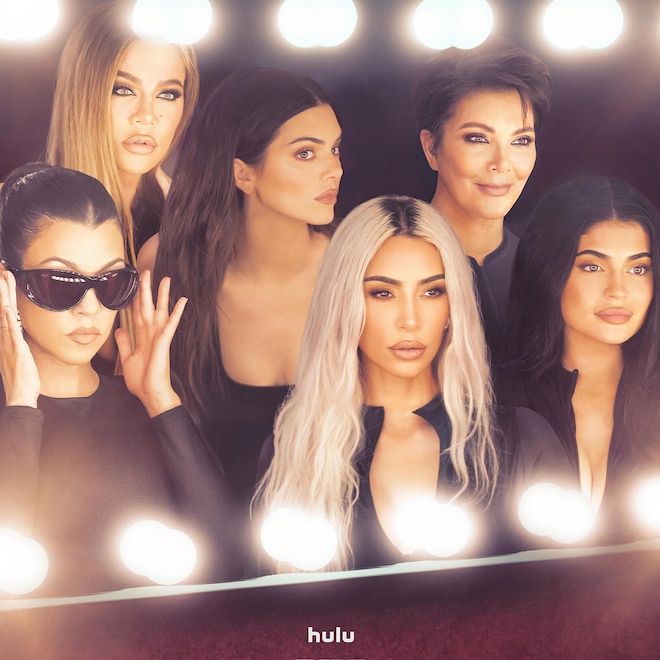
The majority of women in today’s workforce are recruitable.
Fifty-four percent of working women say they are open to a new job in the next six months, according to a July 2022 Great Place To Work® market research survey of nearly 4,200 workers. One in 10 women said they’d like to leave their job, but don’t feel they can.
The typical U.S. workplace is not meeting the core needs of women in terms of fair pay and promotions, and healthy emotional cultures, according to the survey.
That’s a stark difference to what women experience at companies on the Fortune Best Workplaces for Women™ in 2022 list, where gender gaps across nearly every measure of the employee experience are nearly nonexistent. And where a staggering 90% of women say they plan to stay at their jobs a long time.
“We see gender gaps decrease at great companies because they’re creating great cultures for all employees,” says Michael C. Bush, CEO of Great Place To Work, the global authority on workplace culture.
“The good news is any company can create cultures that support women and help them thrive, regardless of whether they are in the executive suite or the frontline, whether they are boomers or Gen Z, African-American or Asian-American, or any specific demographic groups and related intersections,” he says. “But it takes consistent and dedicated work.”
Great Place To Work determined this year’s list by analyzing data from more than 1.2 million anonymized employee responses, of which more than 640,000 were from women at qualifying companies.
Workers at these 125 winning workplaces are not “quietly quitting”—if you’re in the camp who define this trending phrase as “disengaged workers who don’t go above and beyond at work.” Rather, 92% percent of women from the Best Workplaces say people are willing to give extra at work compared with only 50% of women at a typical workplace.
Creating equitable cultures will help you remain competitive and better positioned to take advantage of the hiring pool. But you’ll have to compete with the best companies.
Here’s where to begin:
1. Meet the baseline of fair pay and promotions.
Fair pay, arguably the most basic need of any worker, is one of the biggest disparities between genders at a typical workplace: 45% of women report fair pay compared with 56% of men. At Best Workplaces, 81% of women say they get paid fairly, with no significant difference compared to their male colleagues.
Similarly, less than half (45%) of women at average workplaces report fair promotions—8 percentage points lower than men—compared with 83% of women at Best Workplaces (and no different than men.)
“These workplaces work hard to support women as much as men because they understand that equal pay and growth opportunities attract great employees and increase their loyalty and pride,” Bush says.
Women are 40% more likely to stay at their jobs when paid fairly.
Twice a year, Slalom Consulting (No. 7 on the large company list) reviews whether employees with similar roles, experiences, and performance are earning equal pay using independent third-party experts. The consultancy began sharing pay equity updates with all employees in 2020.
PulteGroup (No. 32 on the large company list) created a “Dynamic Women in Leadership” video series that features Pulte leaders sharing their career risks, journeys, and challenges to help employees understand that they can achieve anything they want.
2. Offer a healthy psychological workplace.
In addition to fair pay and promotions, an emotionally healthy culture was the third biggest area women struggled with at typical workplaces: 49% of women characterized their workplace as psychologically healthy compared with 54% of men.
At Best Workplaces, nearly nine out of 10 of women report working in a psychologically and emotionally healthy workplace—showing no significant difference compared to their male colleagues.
Healthy workplaces give employers competitive advantage. Women are 50% more likely to stay at their jobs and twice more likely to help recruit if they feel their workplace is emotionally healthy.
Intuit (No. 12 on the large company list) offers robust mental health resources that include mindfulness webinars, wellness programs, fitness offerings, and a $1,300 reimbursement for U.S. employees’ expenses that align with physical, emotional, or financial well-being. And the entire company shuts down to recharge during the last week of December.
3. Provide meaningful work.
Great Place To Work research reveals what drives women to stay at their companies. There are many factors, but purpose tops the list.
That said, employers might be tempted to skip ahead to meaningful work and think that will benefit women. But purpose must be built on the core foundation of fair pay and promotions.
Women are three times as likely to stay in their jobs if they believe their work has special meaning and is “not just a job.” Women are not unique in this respect. Purpose is the No. 1 retention driver at great companies by industry, generation, and geography.
Senior leaders at Credit Acceptance (No. 36 on the large company list) included employees’ thoughts and ideas when drafting a refined vision and purpose statement. These conversations created greater connection and inspiration, and provided an opportunity for employees to put their fingerprint on statements that will live on at the company.
Hilton, No. 1 on the large company list for the second year in a row, sponsors educational programs and networking events like “She has a Deal”—a platform created by Hilton franchisee owner, Tracy Prigmore, that focuses on creating ownership opportunities for women through education, networking, and mentorship.
4. Support women wherever they work—remote, onsite, or hybrid.
Some leaders want workers to return to the office, while others plan to remain remote or adopt a hybrid approach.
For women, one isn’t better than another at a typical U.S. workplace, according to the Great Place To Work market survey.
Women working remotely have the best experience compared with hybrid or onsite workers when it comes to fair pay and giving extra to their work, but struggle with feeling like they make a difference (53%) compared with onsite workers, who had the best experience with this at 63%.
Fair promotions are challenging for remotely working women. Forty percent say their company gives out fair promotions compared with 43% of onsite workers and 49% of hybrid workers.
And when it comes to purpose, more women working onsite or on a hybrid schedule feel their work has special meaning compared with remote workers. But employees who work onsite are less likely to feel their workplace is psychologically healthy.
Interestingly, there is no significant difference for women in how supported they feel with work-life balance between hybrid, onsite, and remote work. Work location is not a panacea for work-life balance support. Location itself is not a fix.
Each approach has its own challenges and benefits, and you can create a great workplace for women regardless of where they work.
“There’s not a one-size-fits all in today’s workplace, and there never has been,” Bush says. “Companies need to understand where women need support—and meet them there.”

Roula Amire is the content director at Great Place To Work.

























